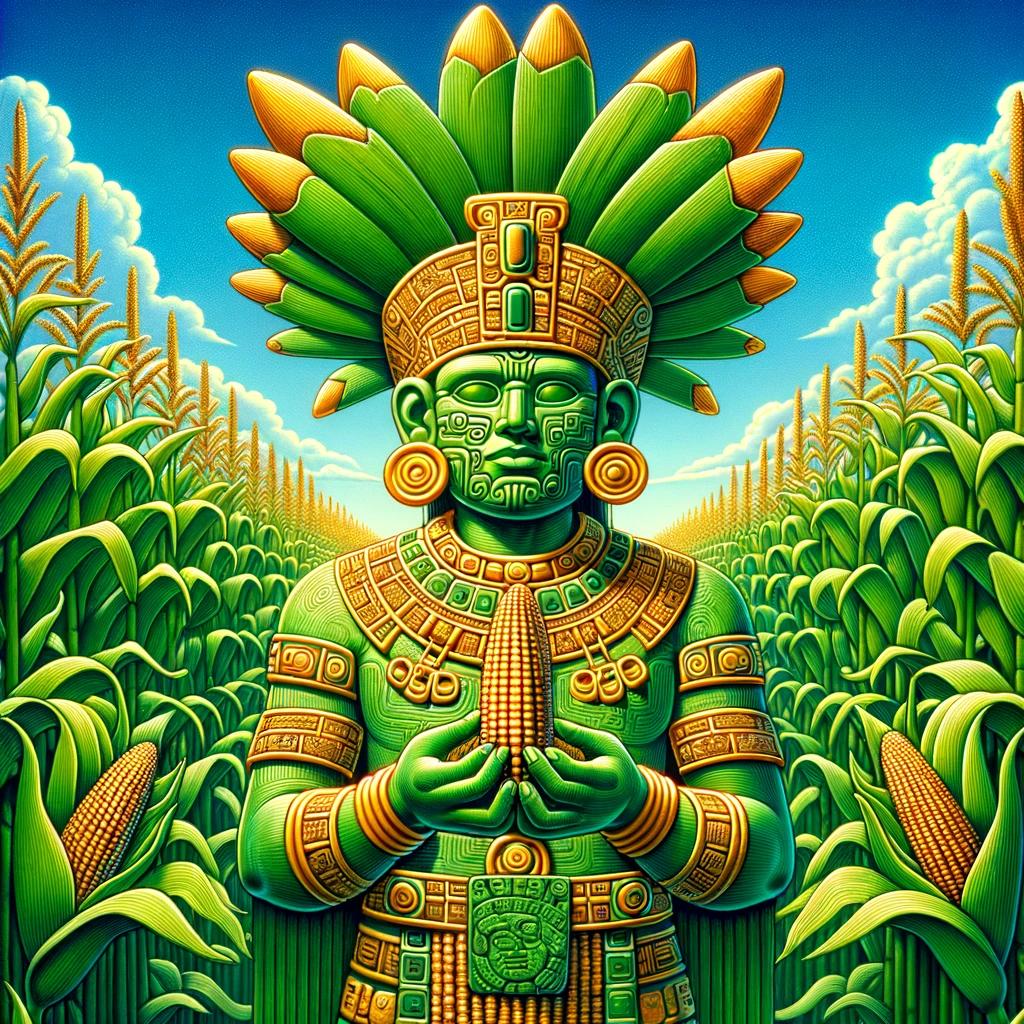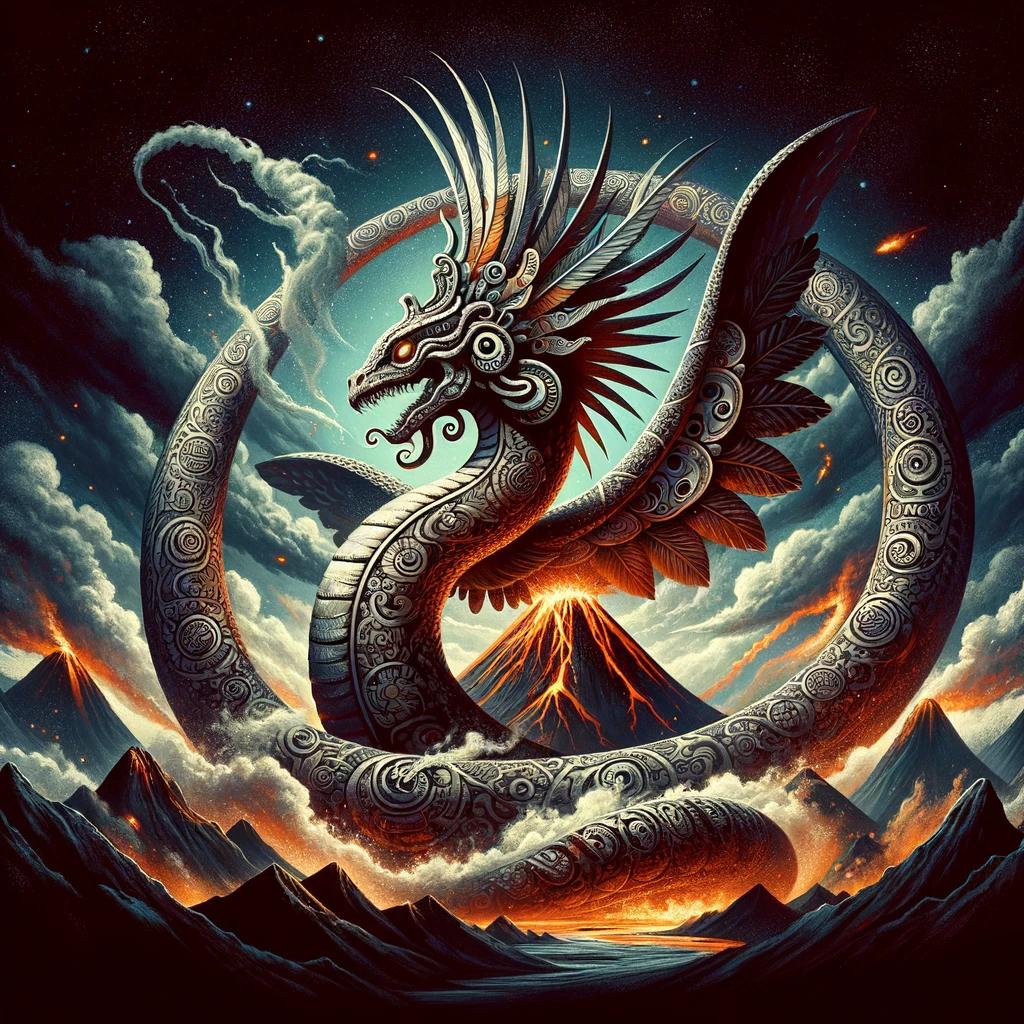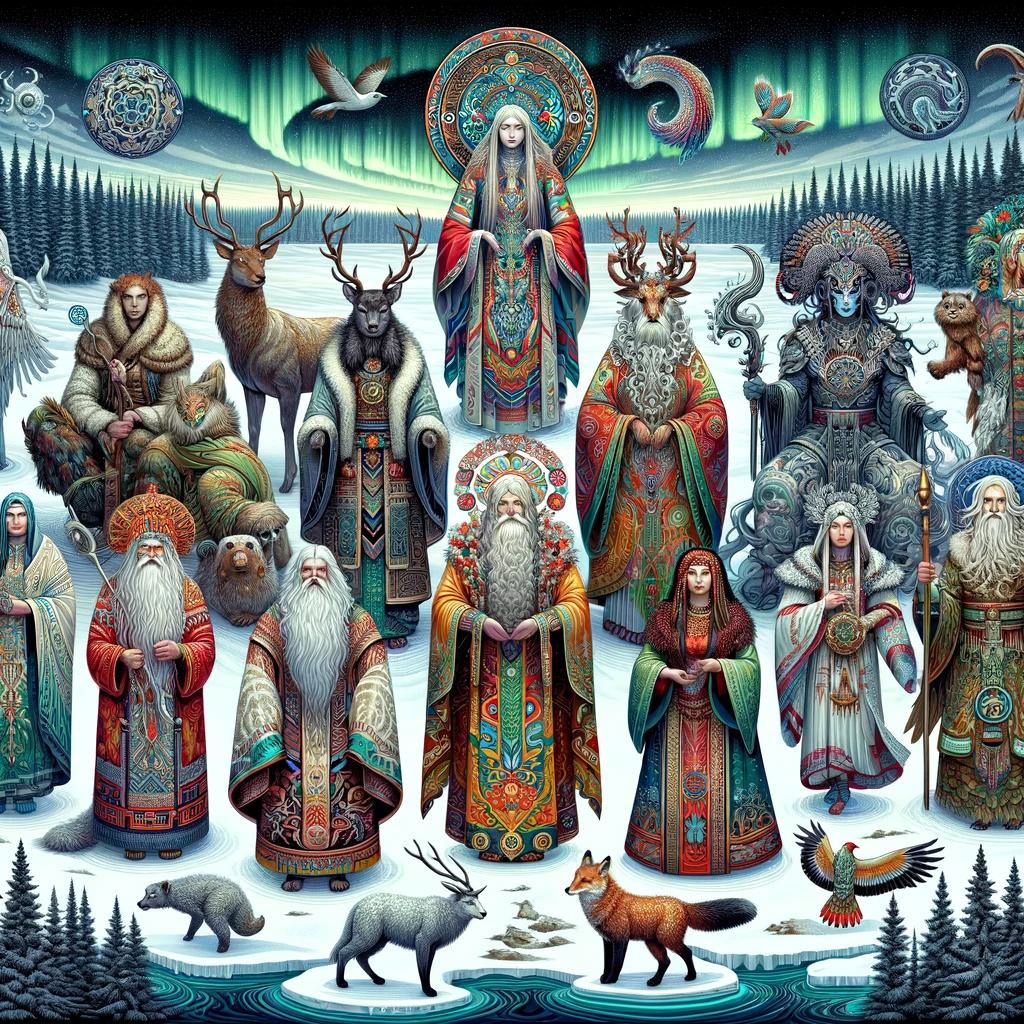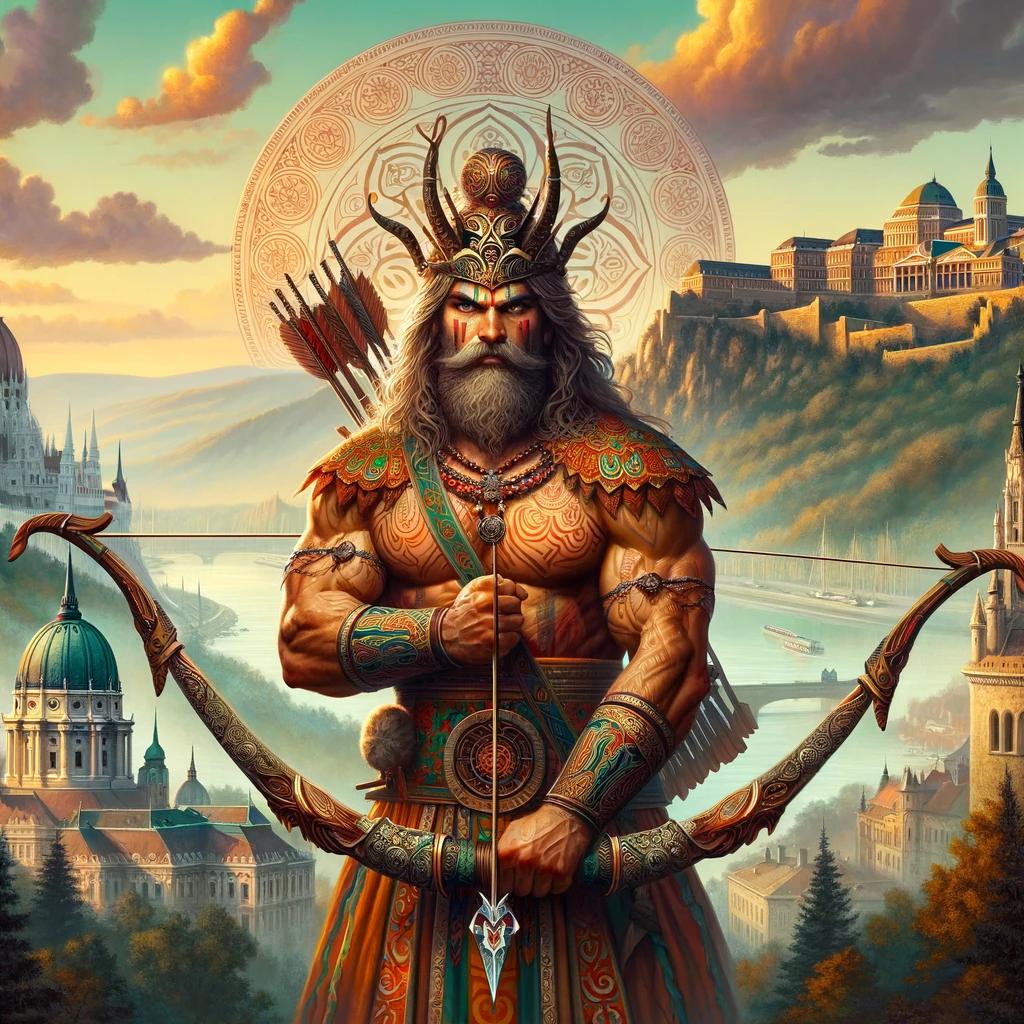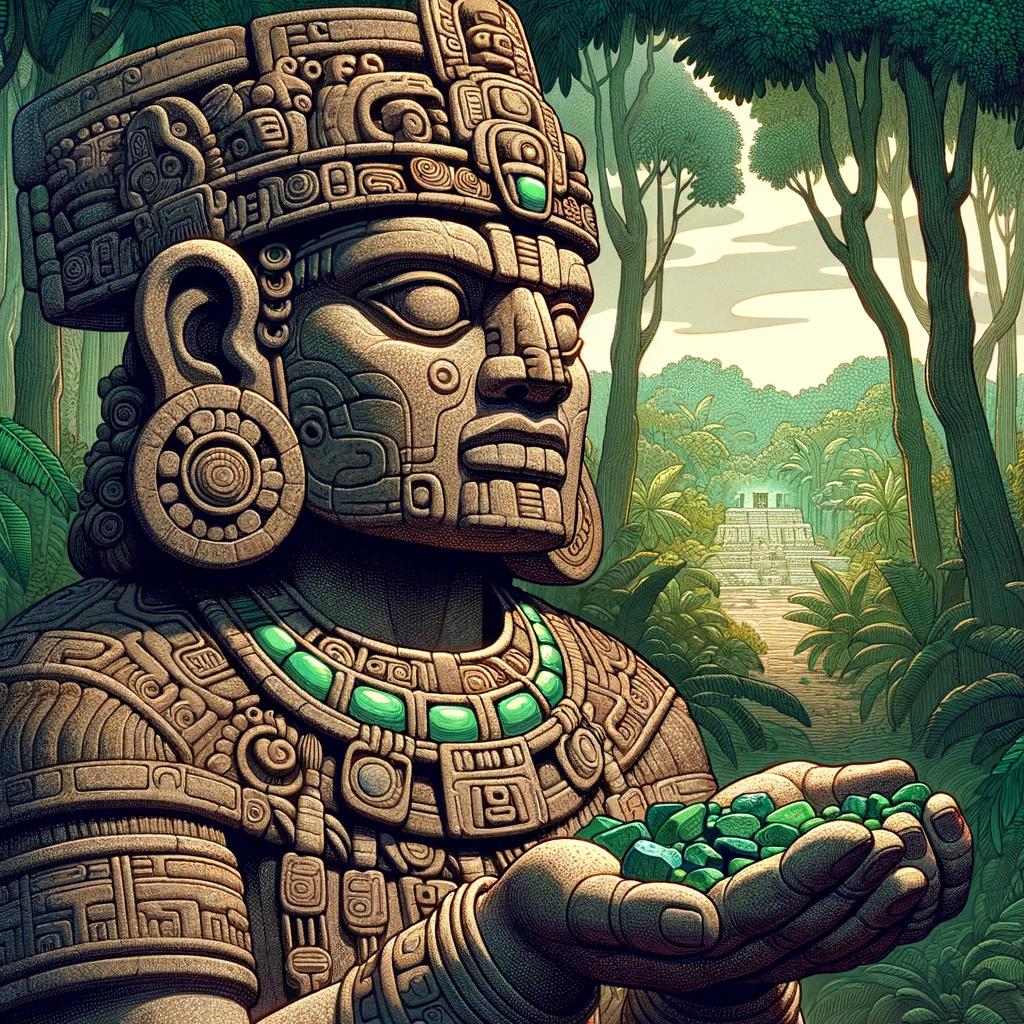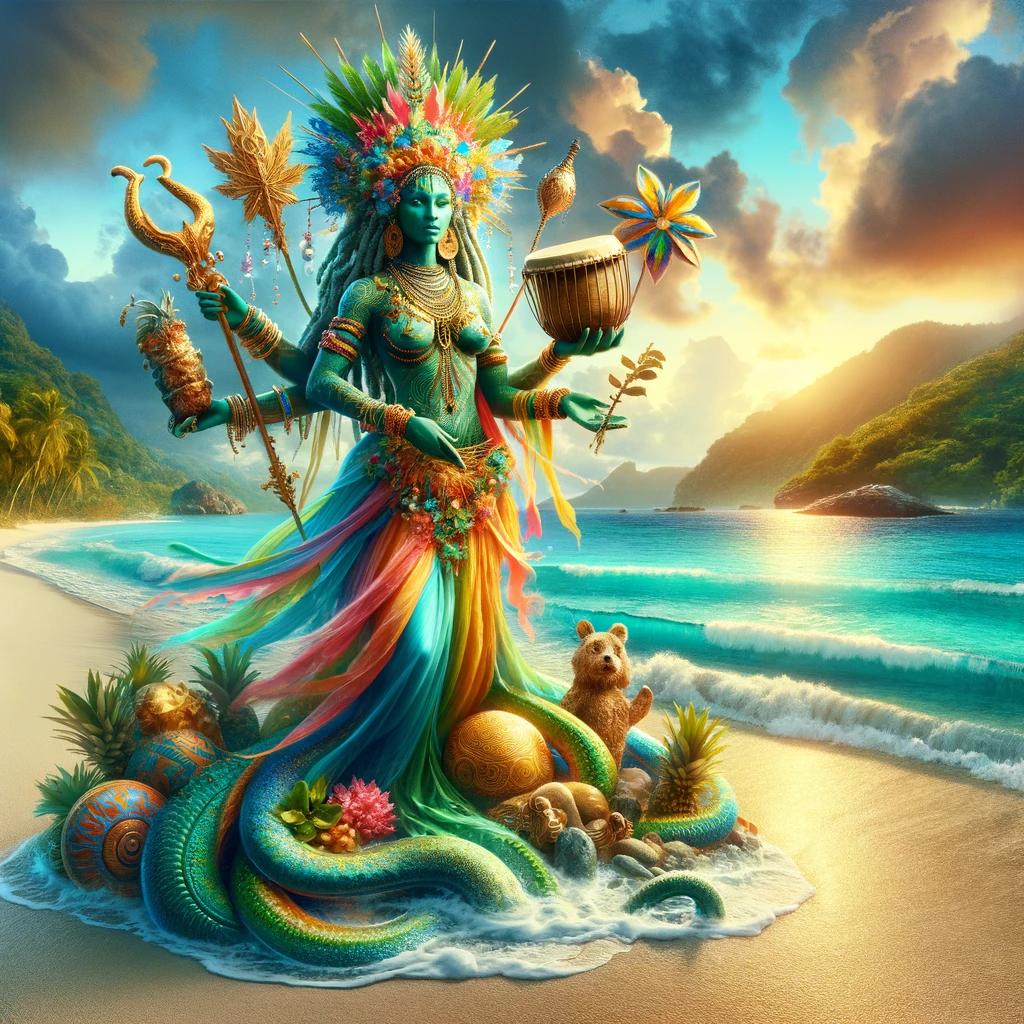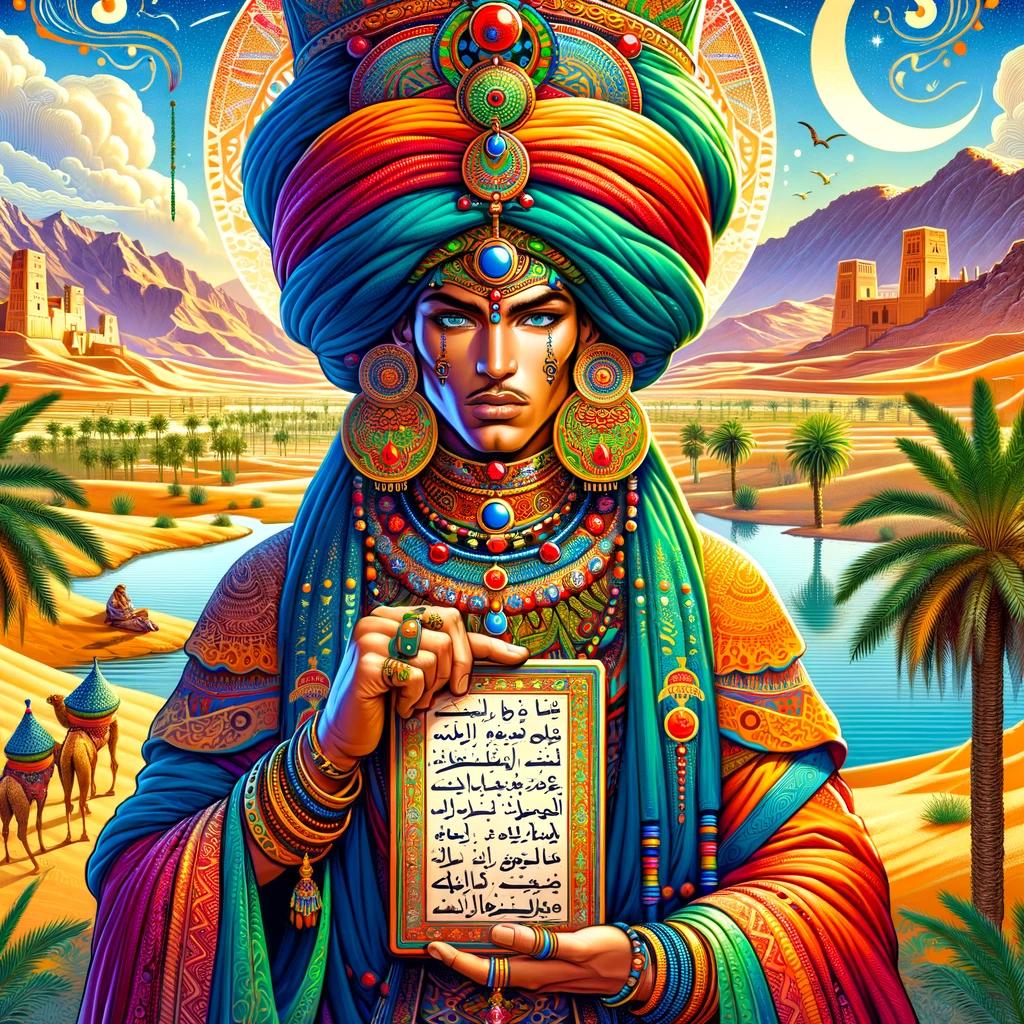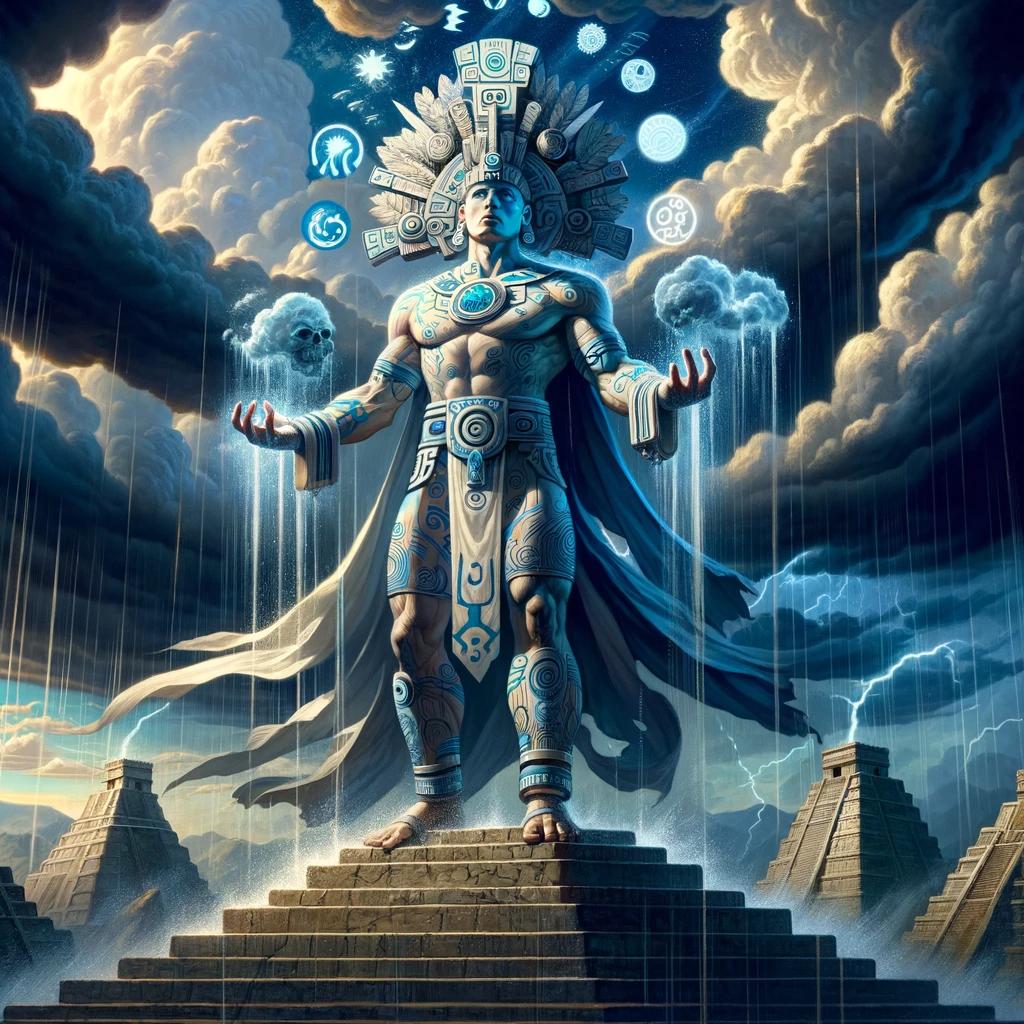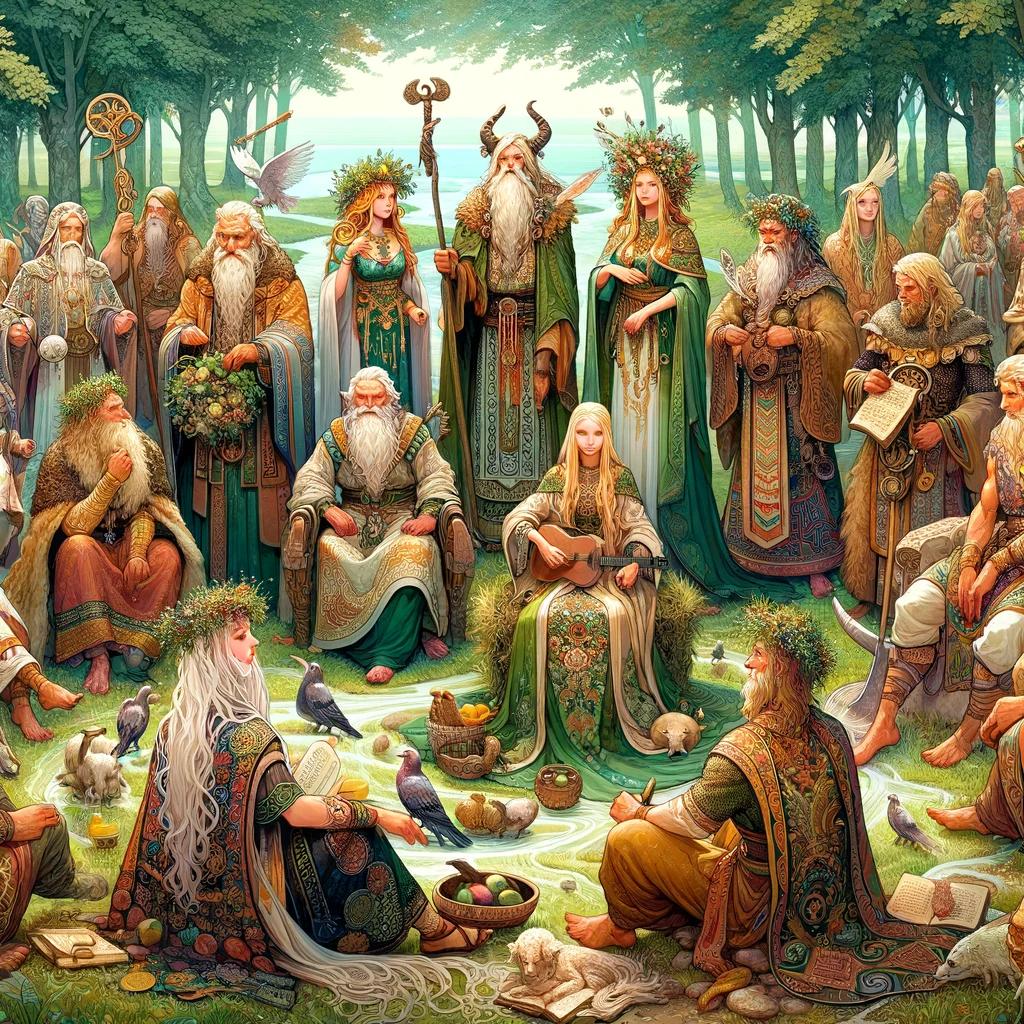Olmec Maize God: A Fascinating Deity in Ancient Mesoamerican Culture
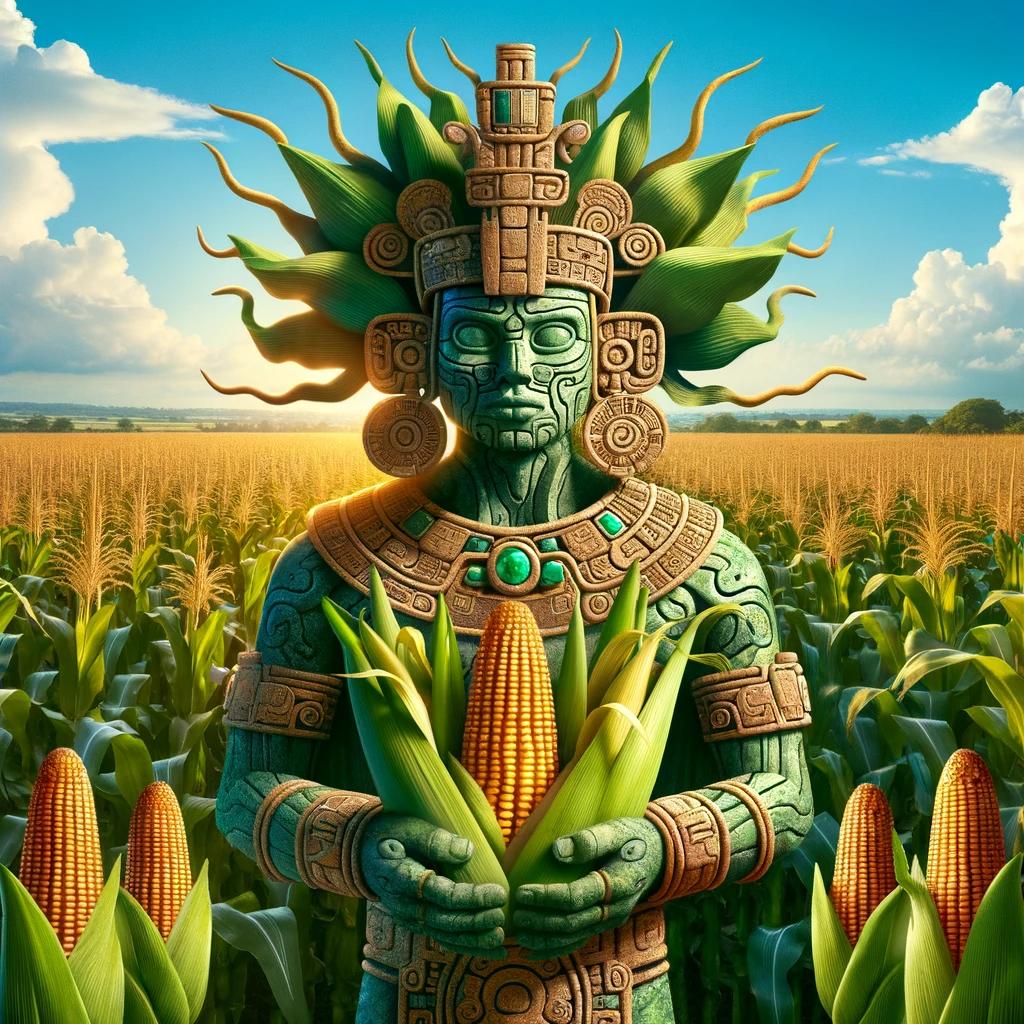
The Olmec Maize God holds significant cultural importance in Mesoamerican society, particularly for the Olmec civilization. Corn, a staple crop for the Olmecs, played a central role in their daily lives and the deity symbolized its significance.
Represented through distinct iconography, the Maize God’s imagery can be found in ancient sculptures. Studies suggest a potential influence of the Olmec Maize God on later corn deities in Mayan and other cultures.
Understanding the religious beliefs and practices of the Olmecs provides insights into their worship of this revered deity. Recent discoveries and research continue to shed light on the Olmec Maize God and its lasting legacy.
The Olmec Maize God in Mesoamerican Culture
The Olmec Maize God holds considerable significance in Mesoamerican culture, particularly within the Olmec civilization. This deity’s association with corn, a vital staple for the Olmecs, highlights its importance in their society.
Importance of Corn in Olmec Society
Corn played a central role in the lives of the Olmecs, serving as a fundamental food source and symbol of sustenance. The Olmec Maize God embodied this significance, representing fertility, abundance, and agricultural prosperity.
This deity’s representation underscores the essential role that corn cultivation held in Olmec society.
Representation and Iconography of the Olmec Maize God
The Olmec Maize God is visually depicted in ancient sculptures, often portrayed with a cornstalk sprouting from a groove in its head. Distinctive almond-shaped eyes and a large, flat nose further distinguish this deity.
Sculptures usually portray the upper body of the Maize God, sometimes accompanied by additional carvings above the head.
Possible Influences on Mayan Corn God and Other Cultures
The Olmec Maize God is considered a precursor to later corn deities in Mesoamerican and South American cultures, including the Maya and Aztecs. Although the lack of written history makes it challenging to identify Olmec gods by specific names, modern research on Aztec, Maya, and Inca civilizations is unveiling new clues that may shed light on the Olmec Maize God and its connection to other deities.
The Werejaguar: Symbolism and Significance
The Werejaguar holds a prominent place in Olmec art, representing a symbol of power and divinity. This section explores the various aspects of the Werejaguar’s significance in Olmec culture, its connection to the Maize Deity, and its role in their religious practices.
Depiction of Werejaguar in Olmec Art
In Olmec art, the Werejaguar is frequently depicted as a supernatural being with a combination of human and jaguar features. The sculptures often show a humanoid figure with jaguar fangs, clawed hands, and characteristic jaguar ears.
These intricate carvings showcase the Olmec’s mastery of artistic expression.
Connection between Werejaguar and Maize Deity
There is a significant connection between the Werejaguar and the Maize Deity in Olmec belief systems. The Werejaguar is often portrayed alongside the Maize God, emphasizing their intertwined significance. It is believed that the Werejaguar represents the transformative powers of the Maize God, symbolizing the cycle of life, death, and regeneration.
Role of Werejaguar in Olmec Religion
The Werejaguar played a crucial role in Olmec religious practices. It was considered a powerful and revered figure associated with fertility, abundance, and protection. The Olmecs believed that the Werejaguar acted as a guardian, ensuring the prosperity of their communities and safeguarding their spiritual well-being.
Olmec Religion: Beliefs and Practices
Understanding Olmec Religious Beliefs
The religious beliefs of the Olmec civilization are complex and multifaceted. Although there are no direct accounts of their beliefs, archaeologists have pieced together information through the analysis of Olmec iconography and comparisons with later, better-documented cultures.
The Olmecs likely held a polytheistic worldview, believing in the existence of multiple deities and supernatural beings. These beliefs were deeply intertwined with their daily lives and societal structures.
Rituals and Ceremonies in Olmec Culture
Rituals and ceremonies played a crucial role in Olmec religious practices.
The Olmecs engaged in various religious rituals to communicate with the gods and ensure their favor. These rituals often took place in sacred spaces, such as temples or plazas, and involved offerings, incense, and bloodletting.
Bloodletting rituals, in particular, were a prominent feature of Olmec religious ceremonies and were performed by rulers, priests, and shamans as a way to establish connections with the divine.
The Role of Government and Spiritual Leaders
In Olmec society, government and religion were closely intertwined.
The ruling elite, including kings and other high-ranking officials, played a significant role in religious affairs. They were considered the most important religious figures, as their connection with the gods or supernatural beings granted them legitimacy and divine authority.
Spiritual leaders, such as priests and shamans, also held essential positions in conducting rituals, interpreting omens, and mediating between the human and spiritual realms.
In conclusion, the Olmec religion encompassed a complex belief system, with rituals and ceremonies serving as integral components.
The understanding of their religious beliefs relies on analysis of Olmec iconography, comparisons with later cultures, and archaeological findings. The interplay between government and religion highlights the significance of rulers and spiritual leaders in Olmec society.
Olmec Art: Depictions of Deities and Figures
The Olmec civilization left a remarkable artistic legacy, providing valuable insights into their religious beliefs and cultural practices. The art of the Olmecs is characterized by its distinctive style and techniques, reflecting their unique worldview.
Here, we examine the Olmec artistic style and techniques employed in their depictions of deities and figures.
Examining Olmec Artistic Style and Techniques
Olmec art exhibits a remarkable mastery of stone carving and sculpting. The Olmec artists skillfully employed basalt, jade, and other materials to create intricate and detailed representations of their deities and figures.
Their sculptures often showcased a high level of naturalism, capturing human-like features in a stylized manner. The art also incorporated symbolic elements, reflecting the Olmec’s cosmological beliefs and religious significance.
Notable Objects and Figurines featuring the Maize God
Among the prominent figures depicted in Olmec art, the Maize God holds a special place. Various objects and figurines featuring the Maize God have been discovered, highlighting the deity’s importance in Olmec culture.
These representations often depict the Maize God with an elongated head and almond-shaped eyes, accompanied by the distinctive maize plant growing from a split head. These artworks emphasize the central role of corn in Olmec society and its connection to sustenance and fertility.
Exploring the Votive Axe and Its Symbolism
One notable artifact associated with Olmec art is the Votive Axe. These ceremonial objects, often made of jade, were intricately crafted and featured elaborate engravings. The Votive Axe has been found in various Olmec sites, representing an important religious symbol.
The detailed iconography on these axes often includes representations of deities, including the Maize God. The symbolism attached to the Votive Axe reflects the Olmec’s reverence for both the supernatural realm and the vital role of corn in their society.
In conclusion, the art of the Olmecs provides a window into their religious beliefs and cultural practices. Through their unique artistic style and techniques, the Olmecs depicted their deities and figures, emphasizing the significance of the Maize God and the central role of corn in their society.
The exploration of notable objects and symbols, such as the Votive Axe, deepens our understanding of the Olmec civilization and their artistic expressions.
- Examining Olmec Artistic Style and Techniques
- Notable Objects and Figurines featuring the Maize God
- Exploring the Votive Axe and Its Symbolism
The Legacy of the Olmecs: Influence and Legacy
The Olmec civilization left a lasting impact on Mesoamerican cultures, particularly in terms of religion, art, and the continuity of deities.
Their religious beliefs and artistic style influenced subsequent civilizations, including the Mayan civilization.
Impacts of Olmec Religion and Art on Mesoamerican Cultures
Olmec religion, centered around the worship of the Maize God and other supernatural beings, played a significant role in Mesoamerican cultures. The Olmecs’ emphasis on agriculture and their belief in the connection between deities and agricultural abundance influenced subsequent societies.
Olmec artistic representations, characterized by intricate carvings and attention to detail, also had a profound impact. The distinct Olmec iconography, including the depiction of the Maize God and the Werejaguar, can be seen in the art of later civilizations, indicating the influence and dissemination of Olmec artistic motifs throughout Mesoamerica.
Connections between Olmec and Mayan Civilization
The Olmec civilization is considered a precursor to the Maya civilization, and there are notable connections between the two. The worship of corn deities, including the Maize God, is prominent in both cultures, suggesting a cultural continuity and the adoption of Olmec religious practices by the Mayans.
The artistic similarities between Olmec and Maya art further indicate a shared cultural heritage. Maya art exhibits stylistic elements and iconography reminiscent of the Olmecs, suggesting the transmission of artistic traditions from the Olmec civilization to the Maya.
Understanding the Continuity of Deities in Mesoamerica
The legacy of the Olmec Maize God extends beyond the Olmec and Maya civilizations. The worship of corn deities persisted in Mesoamerican cultures, showcasing the enduring influence of the Olmec religious beliefs.
This continuity can be observed in later Mesoamerican civilizations such as the Aztecs, who also venerated corn deities and recognized their crucial role in sustaining life and ensuring agricultural abundance. The Olmec Maize God set the foundation for the reverence of corn deities in the region, illustrating their enduring significance in Mesoamerican religious and cultural practices.
Uncovering the Olmec Maize God: Recent Discoveries and Research
In recent years, new insights into the Olmec Maize God have emerged through ongoing discoveries and research. Findings at ancient Olmec sites, insights from archaeological excavations, and contributions from scholars and experts have provided valuable information about this fascinating deity.
Findings at Ancient Olmec Sites
Ancient Olmec sites have provided significant findings related to the Maize God. Excavations have unearthed various artifacts, sculptures, and structures that shed light on the Olmec civilization’s religious practices and their reverence for the Maize God.
These findings offer glimpses into the material culture and symbolism associated with the deity.
Insights from Archaeological Excavations
Archaeological excavations have offered valuable insights into the Olmec Maize God’s importance within the religious and cultural context of the Olmec civilization. By studying the artifacts and structures found at ancient sites, researchers have gained a deeper understanding of the deity’s role, symbolism, and rituals associated with corn cultivation and harvest.

